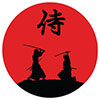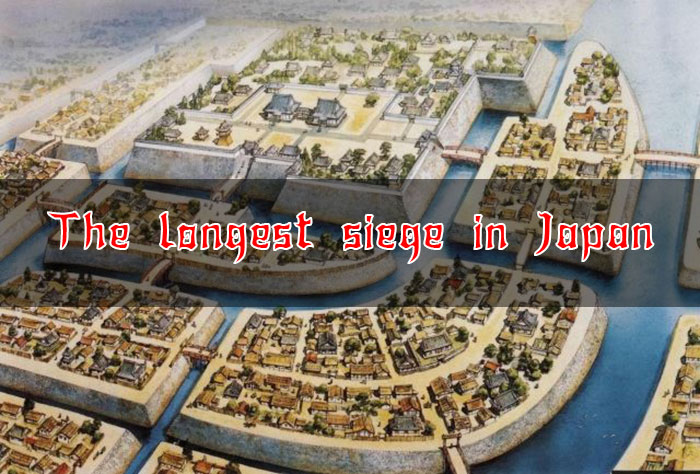
In Japanese history, the siege of Ishiyama Hongan-ji — the main stronghold of the Ikkō-ikki movement during Oda Nobunaga’s campaign — is considered the longest, lasting from August 1570 to August 1580.
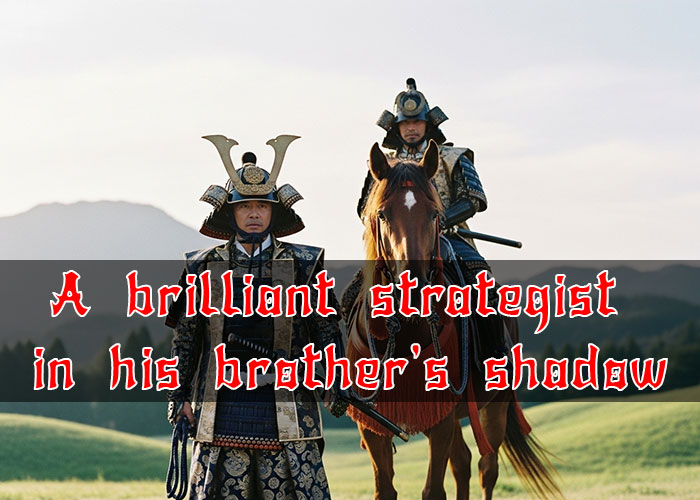
Toyotomi Hidenaga was an outstanding military commander and strategist of his time, who was unjustly overshadowed by his half-brother, the great Toyotomi Hideyoshi. At different stages of his life, he was known by the names Kinoshita Koichiro, Hashiba Nagahide, and Hashiba. Despite his relative obscurity among the general public, Hidenaga was considered one of the best minds of his time, on par with the renowned Kuroda Kanbei.
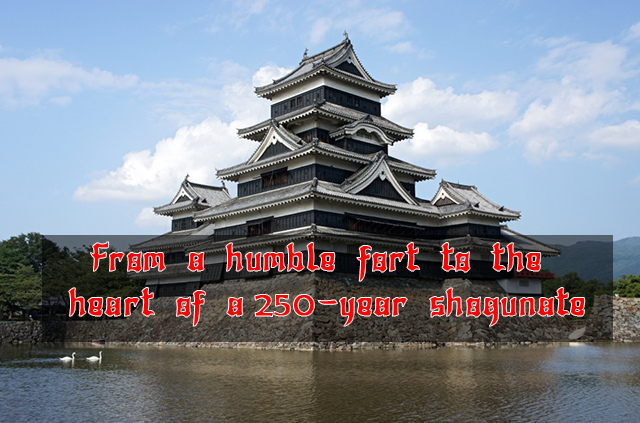
The history of Edo Castle dates back to the Heian period, when the Edo clan built a small fort on this site. In 1457, the vassal of the Uesugi clan, Ota Dokan (1432–1486), constructed a full-scale castle here. Internal conflicts weakened the Uesugi clan, and in 1524, Ota Dokan’s grandson, Ota Yasutaka, surrendered the castle without resistance to the forces of Hojo Soun, the ambitious leader of the Hojo clan. While Odawara Castle remained the clan's main stronghold, Edo was considered a key strategic fortress.
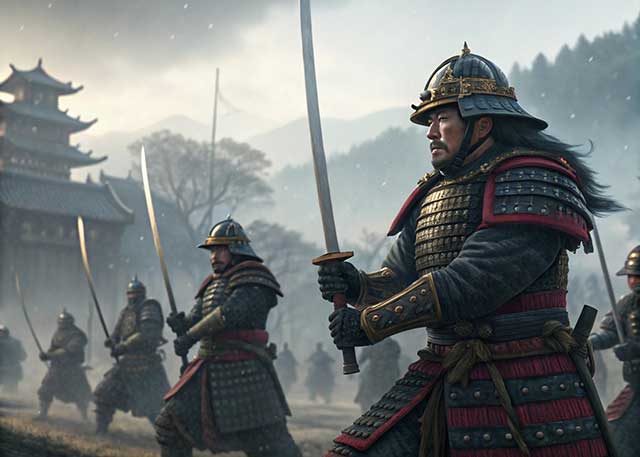
The Battle of Norada is a striking example of a clash during the Sengoku Jidai period, when numerical superiority did not always guarantee victory, even in open battle.
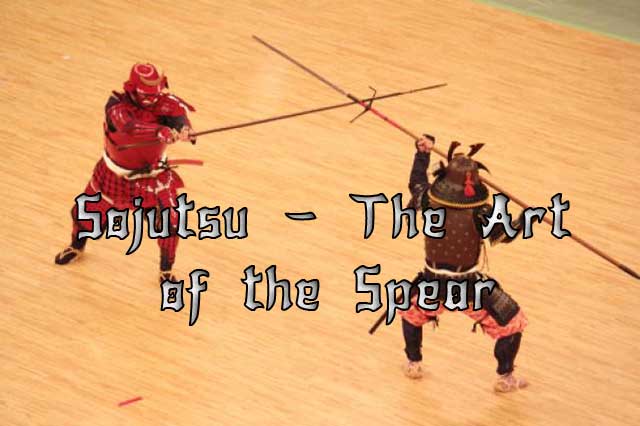
Sojutsu is a traditional Japanese martial art dedicated to the mastery of the yari spear. It is considered the second most important martial art of medieval Japan after swordsmanship.
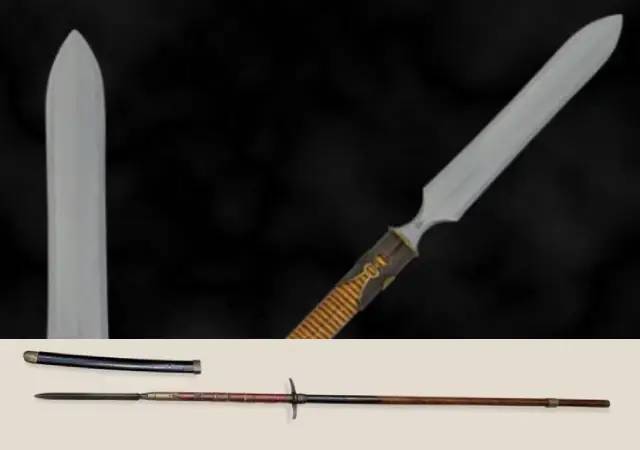
Yari is one of the traditional Japanese cold weapons (nihonto), which is a spear with a straight tip. The art of wielding a yari is known as sojutsu, a spear fighting technique.

